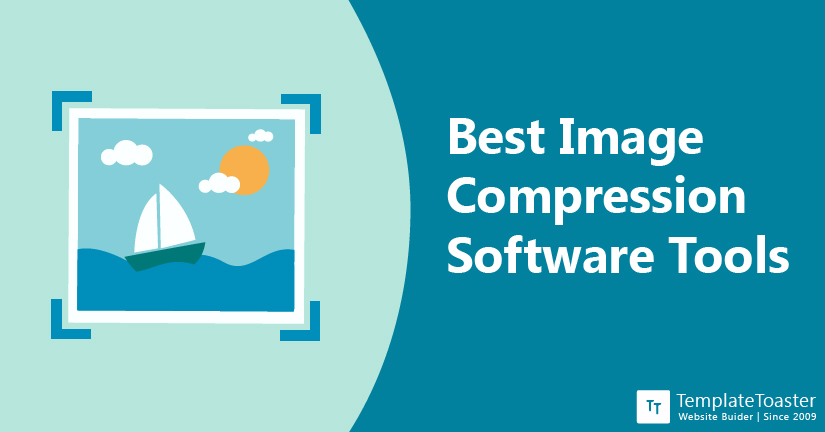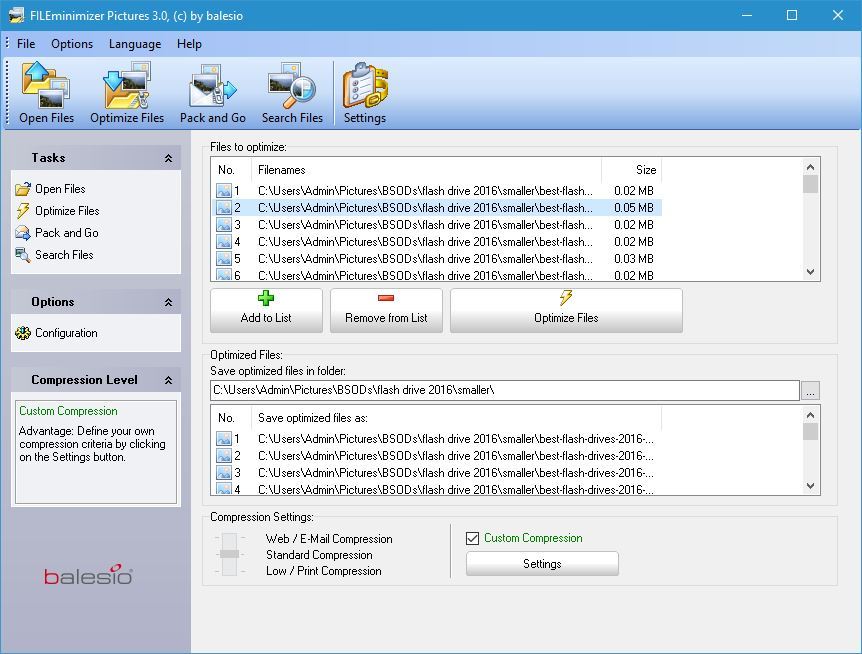


For these tests we used the default settings.Ĭlick on the image to see the results in full. It’s also important to know that some tools allow you to be more or less aggressive with your compression. So we’ve compared the images as percentages. It’s important to remember that large images have lots of room for compression, but small images have less. The first test is how small the outputted files are. When exported straight out of Photoshop, the size of the images are:

This simulates saving different file sizes for responsive web designs. We exported them as JPGs from Adobe Photoshop and used the export feature to create five different versions of each image: 33% scale, 50% scale, 100% scale, 200% scale, and 300% scale.

At 100% scale the images are all 2480px by 1860px. To test out these services we used three free stock images that you can download here, here, and here. There’s very little feedback as you compress images, it gives you a percentage, and when complete tells you how much it saved as a percentage, but progress isn’t obvious which can be difficult if you’re compressing a lot of images. Compress JPEGĬompress Jpeg is a pretty standard service that’s making its money out of advertising. Some of these tools will also compress other file formats, like PNG. We’re comparing these tools for their ability to compress JPGs, because JPGs feature the most complex data, and so are most likely to contribute to site bloat. If you just want to know which of these services performs best, scroll to the bottom. Today we’re going to introduce 14 of the best JPG compression tools, and publish the results of our tests to find the best. And due to the type of images they suit, JPGs are the biggest bloat on the web. Images are by far the biggest bloat on sites. If we’re serious about making our sites fast (and we should be), if we’re serious about improving UX (and we should be), if we’re serious about boosting SEO (and we should be), then we need to do something about the real culprit: images. Meanwhile, we’re designing layouts with 1mb images. Instead, we lean on coders to streamline their output-we ask then to drop useful libraries like jQuery, just because it saves us 80kb. We’re adding more and more assets, slowing down sites, and ruining user experience.īut even though we’ve identified the problem, we still won’t take responsibility. It’s no real secret that the size of web pages is increasing.


 0 kommentar(er)
0 kommentar(er)
